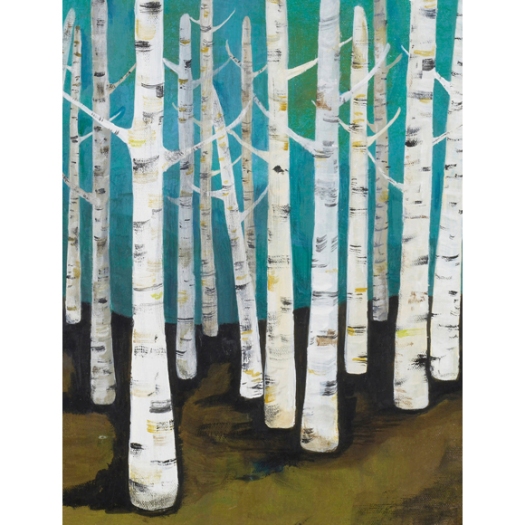I was prompted to look at Arnold Newman’s photographs this week. Arnold Newman is widely thought of as the ‘Father of Environmental Potraiture’, contributing photographs to all major publications from Life to Scientific American and everything in between. He got his start in portraiture by taking photographs of artists. At the time the artists he photographed were neither rich nor famous and Newman himself was an unknown, honing his craft. His approach of using the camera to explore the world of the person he’s photographing, to show something of their character by placing them in their surroundings began with his work with the artists.
He has said that a good portrait must first be a good photograph. For me the most iconic of his photographs is that of Stravinsky shown above. Stravinsky propping his head on his arm neatly echoes the way that the lid of the piano is propped open. It is a strongly graphic, minimal image that appeals to me greatly. Looking at many of his other portraits you start to see how he has stripped away all but the essentials that he needs to tell the story of the artist, celebrity or statesman.
An exhibition of his work ‘Arnold Newman – Masterclass’ is now showing at the Contemporary Jewish Museum in San Fransisco. If you’re not able to Make it to the show you can watch a gallery tour given by the shows curator William Ewing here. There’s also a catalog to accompany the exhibition that can be had here.
Finally check out the interview with Newman below for insights into how he worked and a behind the scenes look at how some of his most famous images were made.




